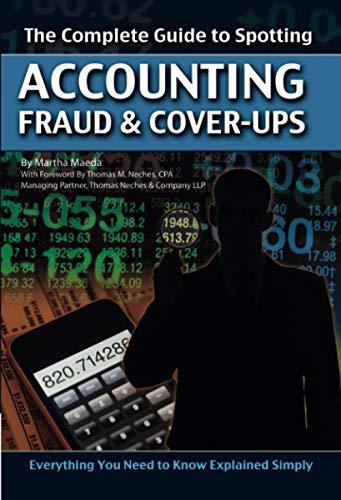Combat Fire, Inc., manufactures steel cylinders and nozzles for two models of fire extinguishers: (1) a home fire extinguisher and (2) a commercial fire extinguisher. The home model is a high-volum (54,000 units), half-gallon cylinder that holds 2 1/2 pounds of multi-purpose dry chemical at 480 PSI. The commercial model is a low-volume (10,200 units), two-galon cylinder that holds i0 pounds of multi-purpose dry chemical at 390 PSI. Both products require 1.5 hours of direct labor for completion. Therefore, tekal annual direct labor hours are 96,300 or 1.5 hours x (54,000 + 10,200)] Estimated annual manufacturing overhead is $1,584,280. Thus, the predetermined overhead rate is $16.45 or ($1,584,280 +96,300) per direct labor hour. The direct materials cost per unit is $18.50 for the home model and $25.50 for the commercial model. The direct labor cost is $19 per unit for both the home and the commercial models. The company's managers identified six activity cost pools and related cost drivers and accumulated overhead by cost pool as follows. Estimated Use of Drivers by Product Estimated Use of Cost Drivers Activity Cost Pools Home Receiving Cost Drivers Pounds Machine hours Number of parts Number of tests Gallons Pounds Forming Assembling Testing Painting Packing and shipping Estimated Overhead $80,400 150,500 412,300 51.000 52.580 837500 215,000 27,000 165,000 35,000 217,000 25,500 5,258 335,000 Commercial 120,000 8.000 52,000 10,000 1,578 120.000 15,500 3,680 215,000 $1,584,20 . 12.50) Under traditional product costing, compute the total unit cost of each product. (Hound answers to 2 decimal places Home Model Commercial Model Total unit cost Under ABC, prepare a schedule showing the computations of the activity-based overhead rates (per cost driver). (Round overhead rate to 2 decim Activity Cost Pool Estimated Overhead Estimated Use of Cost Drivers Activity-Based Overhead Rate Receiving Pounds per pound Forming Machine hours per machine hour Assembling Parts per part Testing Tests per test Painting Gallons per gallon Packing and shipping Pounds per pound CALCULATOR R Prepare a schedule assigning each activity's overhead cost pool to each product based on the use of cost drivers. (Round overhead cost per unit to assigned to o decimal places, e.g. 2,500.) Home Model Estimated Use of Activity-Based Drivers Overhead Rates Cost Assigned Commercial Model Estimated Use of Activity-Based Drivers Overhead Rates Cost Assig Activity Cost Pool Receiving Forming Assembling Testing Painting Packing and shipping Total costs assigned (a) Units produced (b) Overhead cost per unit [(a) + (b)] LINK TO TEXT LINK TO TEXT LINK TO TEXT VIDEO SIMILAR PROBLEM Compute the total cost per unit for each product under ABC. (Round answer to 2 decimal places, e.g. 12.25 Home Model Commercial Model Total cost per unit LINK TO TEXT LINK TO TEXT LINK TO TEXT Classify each of the activities as a value-added activity or a non-value-added activity. Activity Receiving Forming Assembling Testing Painting Packing and shipping Click if you would like to Show Work for this question: Open Show Work










